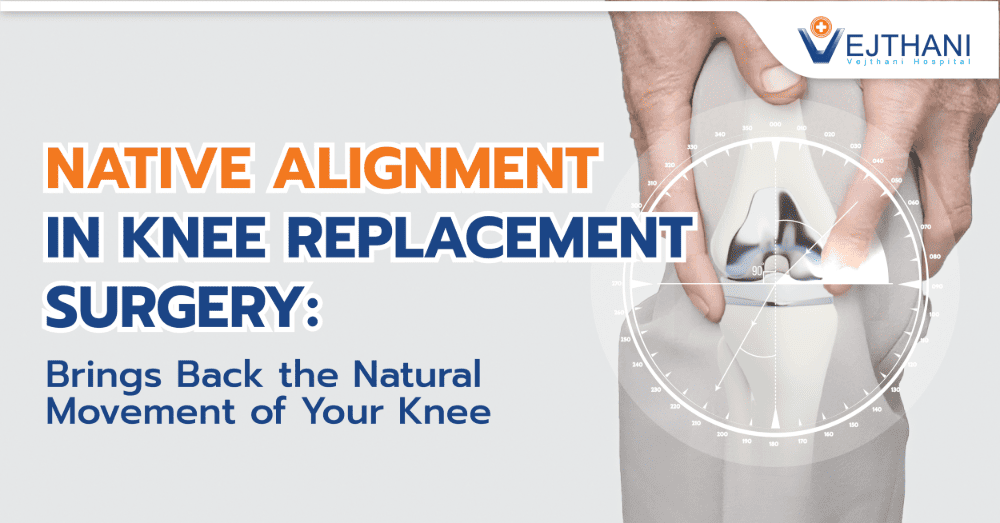
Craniosacral therapy
Overview
A mild, noninvasive, hands-on treatment called craniosacral therapy, or cranial sacral therapy (CST), may help with pain management, including headaches and neck discomfort, as well as side effects from cancer treatments. A doctor might suggest CST in addition to other therapies.
The goal of CST is to assist release tension in your body’s connective tissue (fascia) by gently placing your hands on certain areas. Fascia is a casing that houses your organs, blood vessels, brain, spinal cord, muscles, glands, and nerves. Within the body, the fascia creates a network of connective tissue.
The anatomical and functional components of the human body are interdependent. This implies that there can be an impact on one body part from another. CST aims to relieve tension (fascial clearance). This could potentially enhance the overall functioning of other interconnected parts of your body through self-correction, self-healing, or self-regulation.
Reasons for undergoing the procedure
Using craniosacral therapy to treat the following conditions may help you manage your symptoms:
- Fibromyalgia
- Headaches like migraines
- Neuralgia
- Chronic pain
- Complex regional pain syndrome
- Temporomandibular joint syndrome
- Post-concussion syndrome
- Stroke
- Scoliosis
Your doctor should suggest craniosacral therapy in addition to other forms of treatment.
Patients of all ages, including adults and children, may benefit from craniosacral therapy.
You will be informed by a doctor if you are a good candidate for CST.
Risks
Craniosacral therapy is an alternative form of treatment which is gentle and noninvasive. As a result, there are few hazards and potential side effects, which could include feeling the following:
- Mild discomfort
- Dizziness
- Lightheadedness
- Exhaustion
Before the procedure
The difference between a massage therapy and craniosacral therapy session is that you remain fully dressed. There can be soothing music playing and dim lighting in the space to aid with your relaxation.
Your experienced therapist will consult with you before the treatment session starts. They will enquire about your medical history, your current state of health, and the session’s objectives.
During the procedure
You will lie on a massage table during your session, or if necessary because of unique circumstances, you may sit in a chair. Throughout your session, your therapist will check in with you to make sure you’re comfortable. Before they touch your body, they will also make sure you understand what they’re doing. Inform your therapist if you are uncomfortable at any point.
Your therapist will gently apply pressure with their hands to the parts of your body that are causing you symptoms, such as your head, neck, and back (around your spinal column).
Experiencing a profound state of relaxation during craniosacral therapy is a common occurrence.
Craniosacral therapy sessions might last anywhere from 30 to 60 minutes. It can take more than one session to reach your objectives.
After the procedure
As part of the healing process, there may be a brief adjustment period following a session during which you may become more conscious of your symptoms.
Outcome
After receiving craniosacral therapy, some patients experience instant symptom improvement. Others could require a few days for their bodies to adjust to the way the treatment changed how their bodies functioned. Before you notice results, it may take multiple sessions spread over a few weeks to months, depending on your treatment goals.
Contact Information
service@vejthani.com






















